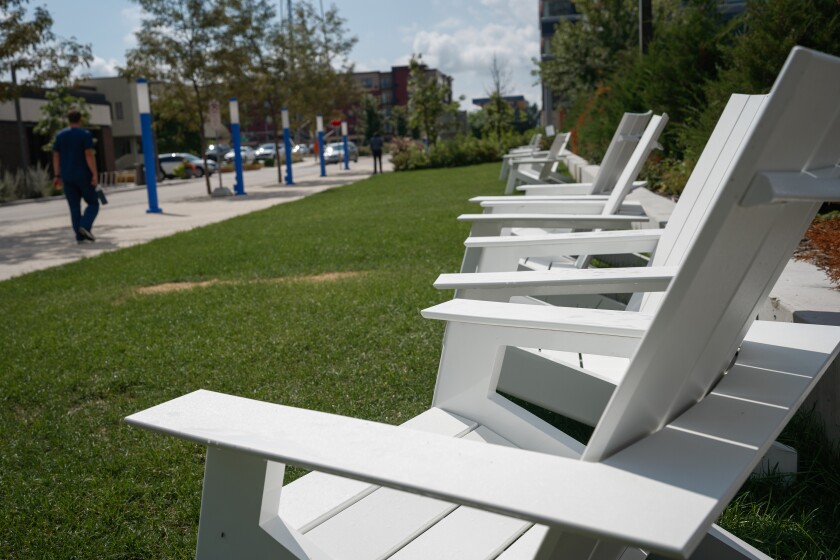Build Rochester for All Ages
Reposted from Post Bulletin 10.21.25
Take a walk around downtown Rochester. You will see change everywhere. Cranes tower over Mayo Clinic. Streets are torn up and rebuilt. Whole blocks look different than they did just a few years or even weeks ago.
Amid all this transformation, we need to ask: What kind of city are we building for ourselves as we get older?
Almost half of downtown residents are 55 or older, more than a quarter are over 75. In the nearby neighborhoods, about one in three residents belong to these age groups. Add to that the many older patients who visit Mayo Clinic and you should conclude older adults are not a special interest group in downtown’s future. They are central to it.
Will downtown be a place where older people can live safely, comfortably, with dignity while staying connected and active in community life?
More than just a biological process, aging is shaped by our social and physical surroundings. Older adults’ well-being depends on how well their environment supports both independence and participation. Building an “age-friendly” city means more than meeting care needs. It requires creating spaces where older adults can continue to contribute, learn, and belong.
Here are four steps that can help Rochester move in that direction.
First, older residents most often want to remain in the same community that has shaped their lives. Yet many cannot find housing that matches their needs. We need affordable, accessible housing in every DMC district. These homes should have no steps at the entrance, wide hallways for walkers and scooters, and simple handles that work for everyone.
But housing is not just shelter. Our home is part of our identity and social network. Maintaining this sense of attachment supports well-being, continuity, and control as we age.
Second, the Link Bus Rapid Transit system will connect more than just Mayo’s workforce and visitors. This system can connect people to community life. For seniors, that means accessible sidewalks, sheltered stops with benches, clear signage and audio cues, and safe crossings year-round.
Mobility is essential for citizenship. Our ability to move, participate, and shape public life matters. When older people can navigate the city safely, they are not just passengers. They are active participants in civic and social life.
Third, benches, public restrooms, green spaces, and community rooms are not extras. They are infrastructure for social cohesion. They allow people to meet, chat, and take part in neighborhood life. Casual but regular social ties — greetings at the park, conversations in a coffee shop — build belonging and reduce isolation. Rochester should design downtown for “citizenship,” where everyone, regardless of age, can contribute to the everyday life of the city.

Imagine simple, inclusive activities like walking clubs, pop-up art, or community gardening, where older residents share skills and stories. Let’s make Central Park the city’s first truly intergenerational park.
Finally, cities are healthier when residents help shape them. Too often, older adults are treated only as recipients of care, not as citizens with valuable knowledge and experience. Rochester should create an aging and redevelopment council, bringing together older residents, caregivers, and advocates to review plans for housing, transit, and public spaces.
Older people should not just be consulted. They should co-produce the spaces they use.
Most people want to grow old in the community they love — where they can visit a clinic, buy groceries, rest on a bench, and chat with neighbors without fear or struggle. But beyond comfort, we should recognize that older residents help build the social fabric. They volunteer, mentor, and keep the city’s memory alive. Supporting them means investing in a stronger, more connected Rochester for all.
When we make choices that work for older adults, we create a city that works for everyone.



